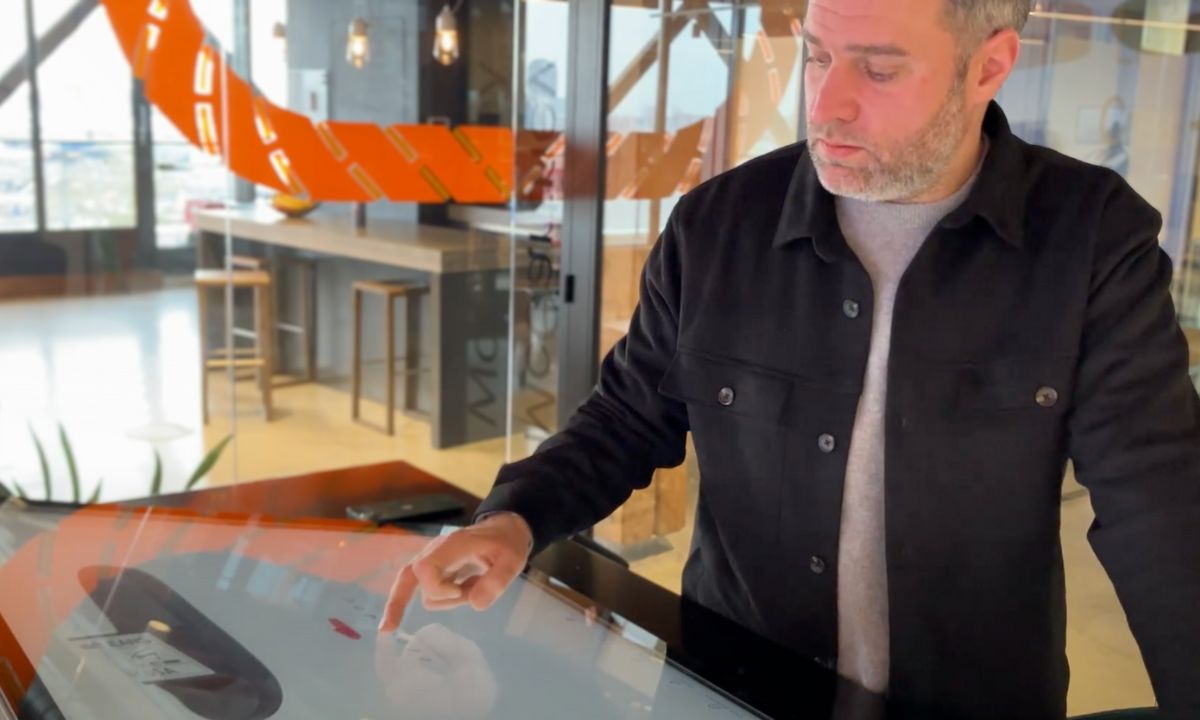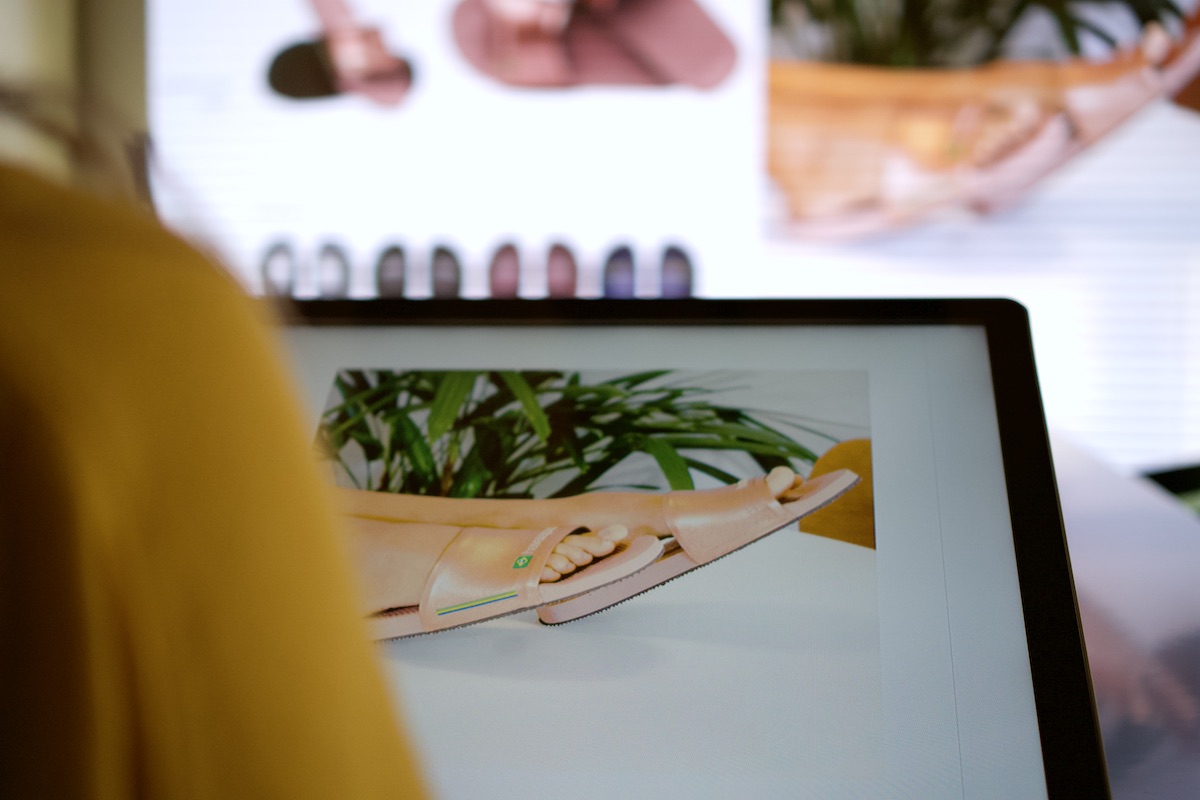Digitization across the fashion industry has transformed the way we work in wholesale selling to the importance of using physical samples. From having a centralized hub for all your teams to collaborate on, to making the most of your data and live updates, the possibilities are endless. Mostly, by using a Digital Showroom, you are telling the industry that you’re one of the frontrunners and ready for whatever the future brings.
Are you still wondering if your company needs a Digital Showroom? Ponder no more, here are 5 reasons why a Digital Showroom could make sense for your brand!
1. Digital transformation is key to grow your fashion business
This year, with inflation and ongoing uncertainty in the global market, a huge challenge for fashion brands will be growth. One thing is for sure though, when companies digitize, that’s where growth accelerates for them. When teams create value using technology, their relationship with it changes.
Adopting a digital mindset accelerates growth in the following 3 areas:
- Teams adopt new technologies faster, increasing adaptability to change and reducing onboarding costs.
- Teams are more invested in technology developments, accelerating the implementation rate.
- Teams will use technology more often, and that increases efficiency and boosts value generation for brands.
More on adopting a digital mindset in fashion: watch our webinar
A Digital Showroom can not only facilitate overall business growth, but it can act as a key accelerator throughout this entire process.
2. A Digital showroom opens up space for a hybrid brand experience
Once your teams have adapted to using new technology such as a Digital Showroom, the options are endless for them both in the virtual and physical space. Storing extra samples and archives in the digital platform will allow more time and space for teams to create unique brand experiences through cohesive content and authentic storytelling.
Content such as videos, reels and 3D samples can be combined with the ‘touch and feel’ element such as branded interior design or a barista bar, presenting to your customer a hybrid virtual and physical brand experience for a memorable sales appointment.

3. A Digital showroom will save your teams time and streamline their process
Think of all the tools and materials your teams use. For example, how many assets do sales teams use to conduct a sales appointment currently? PowerPoint, Excel? Everything counts.
Imagine if there is a centralized hub where all teams can locate images, data and archives anywhere, anytime. That is why you need a Digital Showroom, a central hub to break silos and enhance cross-team collaboration. Designers, merchandisers, marketers and even retail staff can all make use of a Digital Showroom as a centralized platform for visual collaboration for all go-to-market teams, not just Sales.
Teams will also be able to save time and prep for buyer and sales appointments with the data saved in the Digital Showroom from previous appointments. Pre-sending a drafted order based on the buyer’s previous buys and preferences- including suggested quantities- can cut down the appointment time considerably or allow more space for negotiating.
4. A digital showroom allows you to make the most of your data and metrics
The Digital Showroom is a place to store and keep track of data and metrics for all internal teams, but it can be especially beneficial for marketers and merchandisers. On this platform, marketers have the products and data connected in one organized space and teams can quickly access all the latest details which are also completely customizable.
For example, if the pricing of a pair of jeans changes from 70 euros to 89 euros, the marketer doesn’t have to update the presentation because the most recent data is already there. This is made possible because other team members are adding updates in real time.
Say the sales team wants to show the fit of a certain style of denim, they can also pull up the relevant data immediately from the system within the brand’s landscape. They don’t have to look at external folders for images or etc, because the assets with data are always updated on this one canvas. Say a merchandiser enters the key word, slim fit-the product guide will pull up everything related, including the latest marketing material.
5. A digital showroom facilitates sustainability and can play a vital role in reducing carbon footprint
In this day and age, no company wants to be seen as wasteful or caught burning unsold products. Being known as an eco-conscious and sustainable brand will also increase your value, but how will a Digital Showroom drive this initiative?
By reducing physical samples and digitizing, you’ll greatly decrease the carbon footprint of your B2B operation. Samples are short-lived, inefficiently produced, and almost never a representation of the final product. Digitizing samples is key in reducing carbon emissions and there’s also much fewer samples to ship across the world. Furthermore, in a Digital Showroom, sales appointments can be accessed by customers anywhere in the world and that means decreasing carbon emissions even more due to less need for travel.
So now what?
If you're brand is invested in any of the topics mentioned in this blog, a Digital Showroom might make sense for your company. Choosing the right software is equally important, from the right fashion knowledge to the usability and ease of the product.
Do you want to know more about the specifics of the Stitch Showroom and what it could do for your brand check out our Stitch Showroom page and book a demo!







